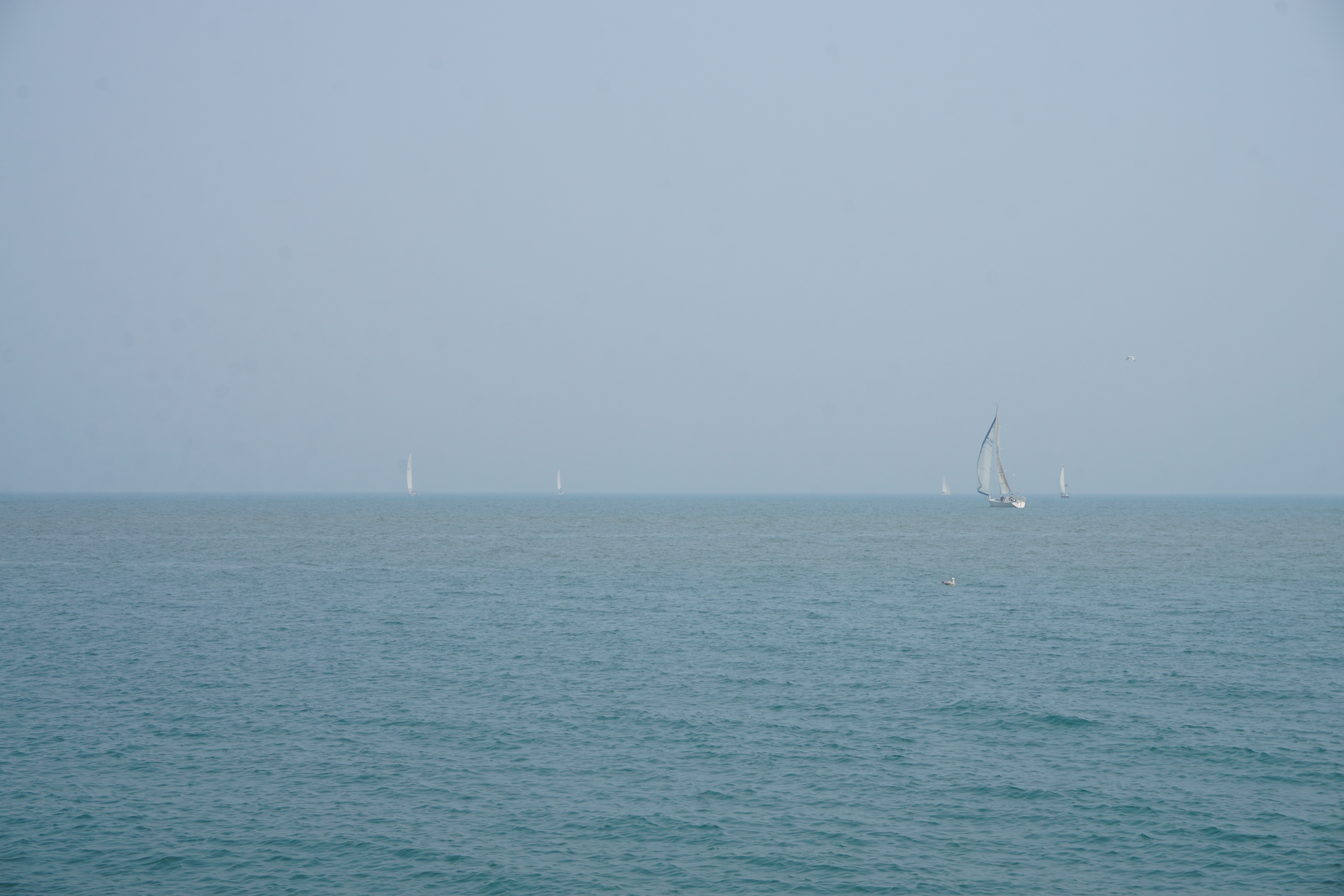The sea lamprey, a parasitic fish native to the Atlantic Ocean, has invaded the waters of Lake Michigan, posing a significant threat to the native fish population. This blog post will delve into the details of the Lake Michigan lamprey attack, its impact on the ecosystem, and the ongoing efforts to control this invasive species.
How do Sea Lampreys Attack Fish in Lake Michigan?

Sea lampreys attach to fish using their suction cup-like mouths, which are equipped with rows of sharp, curved teeth and a rasping tongue. They then feed on the fish’s body fluids by secreting an enzyme that prevents blood from clotting, similar to how a leech feeds off its host. This process can lead to the death of the host fish or significant weight loss and health decline if the fish survives the attack.
Impact of Sea Lamprey Attacks on the Fish Population in Lake Michigan

The sea lamprey invasion has had a devastating impact on the Great Lakes fishery, including Lake Michigan. Before the invasion, the region harvested around 15 million pounds of lake trout annually. However, by the 1960s, the catch had dropped to approximately 300,000 pounds, a mere 2% of the previous average. The lampreys prey on most species of large Great Lakes fish, including lake trout, brown trout, lake sturgeon, and others, killing up to 40 pounds of fish per lamprey over their 12-18 month feeding period.
Controlling Sea Lampreys in Lake Michigan
The Great Lakes Fishery Commission (GLFC) coordinates ongoing lamprey control efforts, which include:
- Lampricides: The GLFC uses pesticides that target lampreys but do not harm most other fish. These lampricides are deployed in streams that flow into the Great Lakes, killing lampreys in their larval forms.
- Barriers and Traps: Small dams or barriers are used to prevent sea lampreys from migrating upstream to spawn, and traps are employed to capture and remove adult lampreys.
These control measures have been successful in reducing the lamprey population and the damage they cause. However, continued efforts are necessary to maintain the balance of the ecosystem, as lampreys can quickly rebound if control is eased.
Additional Facts and Figures
- Sea Lamprey Characteristics: Sea lampreys can grow up to two feet long and live for about six years as predators and almost ten years as filter feeders. They have a unique eel-like body, a large round mouth with rows of sharp teeth, and a rasping tongue.
- Reproduction: Female lampreys can lay up to 100,000 eggs, contributing to their rapid population growth.
- Invasive History: Sea lampreys arrived in the Great Lakes through the construction of canals, specifically the Welland Canal, which allowed them to bypass Niagara Falls and spread throughout the system.
The Lake Michigan lamprey attack is a significant threat to the region’s fishery and ecosystem. The ongoing efforts by the GLFC to control this invasive species have been crucial in mitigating the damage, but continued vigilance and action are necessary to protect the native fish populations and maintain the delicate balance of the Great Lakes.
References
- https://saintjosephsquare.com/13668/news/something-new-invading-the-waters-of-lake-michigan-the-sea-lamprey/
- https://www.youtube.com/watch?v=pTKE3fFnU4Q
- https://spectrumnews1.com/wi/milwaukee/news/2023/07/12/jon-fuller-sea-lamprey-exhibit
- https://www.vox.com/down-to-earth/2022/5/24/23076704/sea-lampreys-invasive-species-great-lakes-fishing
- https://www.glfc.org/sea-lamprey.php
